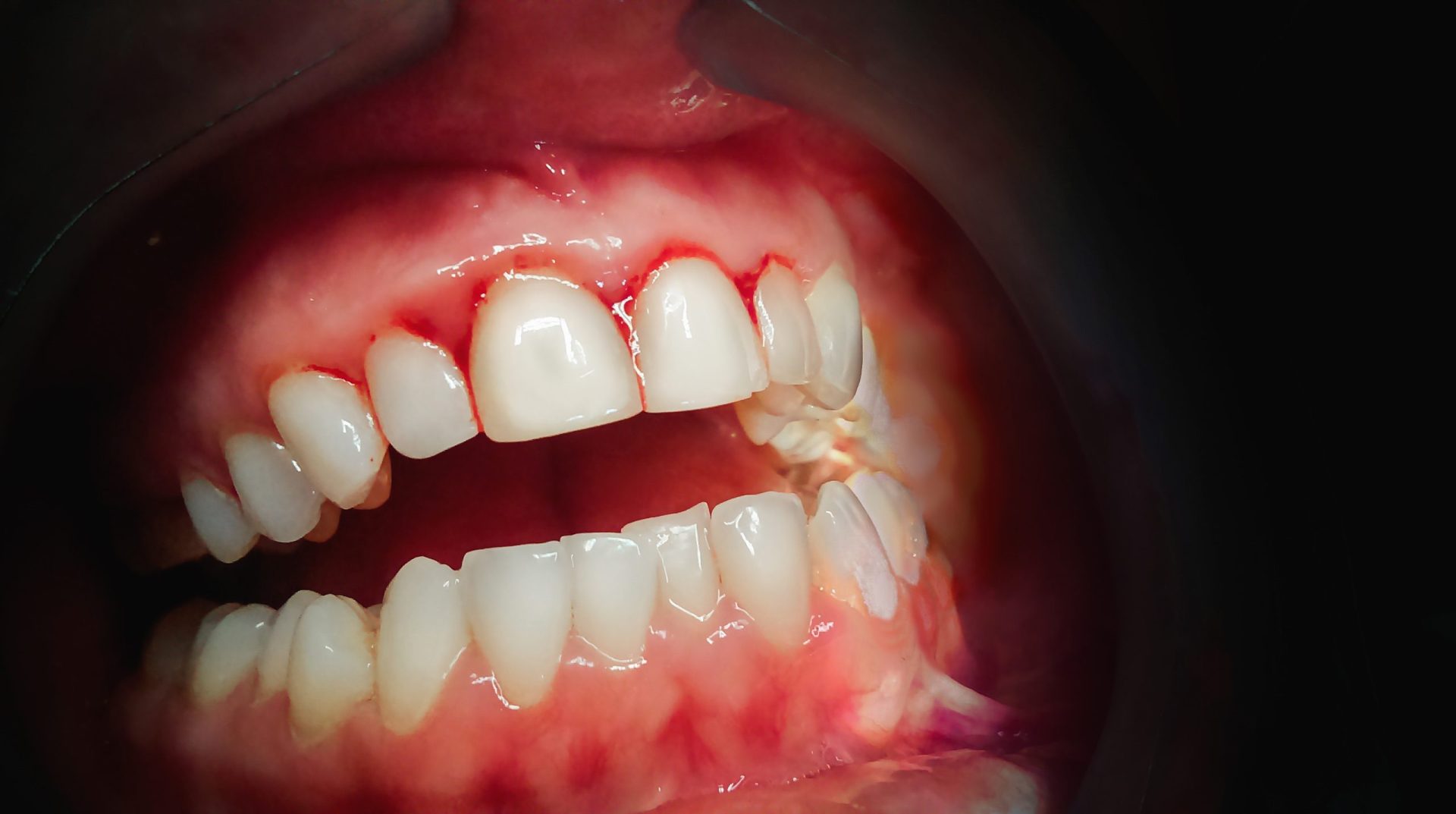
Gum Disease | Periodontal Dentist
in Burke VA and Chevy Chase MD

Gum Disease Treatment
Gum disease, if left untreated, can lead to severe dental issues and even tooth loss. At our dental office in Burke, VA or Chevy Chase, MD, we offer comprehensive gum disease treatments tailored to the severity and needs of each patient. From non-surgical options to advanced surgical procedures, our dedicated team ensures you receive the best care for optimal oral health.
Non-Surgical Treatment
For many patients, non-surgical treatments can effectively combat gum disease. Our Burke, VA or Chevy Chase, MD dentist employs deep cleaning methods, including scaling and root planing, to remove plaque and tartar from deep pockets in the gums. This not only treats the current infection but also prevents future occurrences.
Comprehensive Care for Advanced Cases
When gum disease progresses, surgical interventions might be necessary. Our dental office offers a range of surgical treatments to address advanced gum disease:
Pocket Depth Reduction: Over time, deep pockets can form in the gums, harboring bacteria. This procedure involves cleaning these pockets and securing the gum tissue to prevent future bacterial growth.
Regeneration: In cases where the bone supporting your teeth has been destroyed due to gum disease, regeneration procedures can be employed. This involves the use of grafting materials to promote natural bone regeneration, ensuring a stable foundation for your teeth.
Soft-Tissue Graft: Receding gums can expose the root of the tooth, leading to sensitivity and other issues. A soft-tissue graft involves taking gum tissue from another part of the mouth and attaching it to the affected area, promoting natural growth and covering exposed roots.

Prioritize Your Gum Health
Gum disease treatment in Burke, VA or Chevy Chase, MD is more than just addressing an issue; it's about ensuring the longevity and health of your teeth and gums. Whether you require non-surgical care or advanced surgical interventions, our dentist in Burke, VA or Chevy Chase, MD is here to guide you every step of the way.